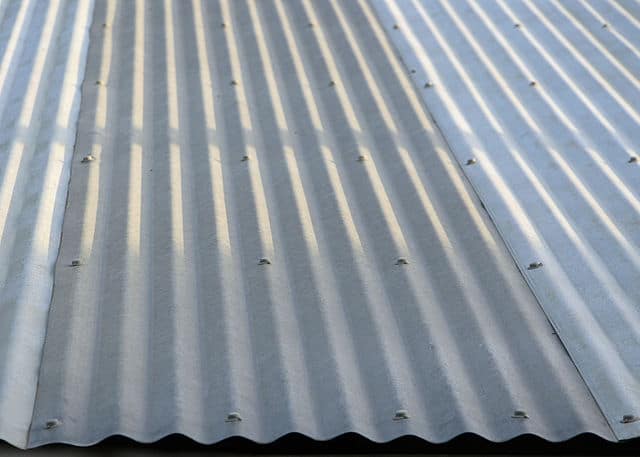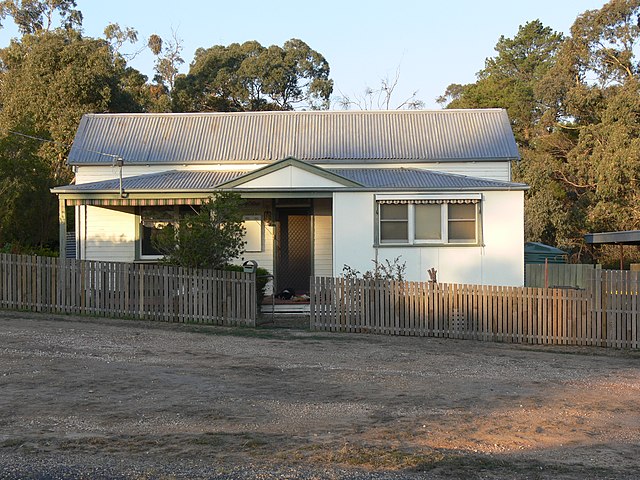
Fiber cement emerged as a safe alternative to asbestos
Fiber cement is called a material that is obtained by mixing cement with other fibers used as reinforcement. Generally, fiber cement is used to manufacture pipes and sheets or plates that are intended for dry construction.
From asbestos to fiber cement
In the past, asbestos or asbestos was used for the development of reinforcing fibers; However, when it was realized that these materials were harmful to health , they were no longer used and were replaced mainly with fiberglass or cellulose fiber .
Asbestos is on the list of materials that can cause cancer in humans, according to what is indicated by the US Department of Health and Human Services and other organizations of equal relevance at the international level. Studies carried out at the time indicate that this substance causes ovarian, laryngeal and lung cancers, in addition to one called mesothelioma , which affects the abdomen and chest. The latter, despite being rare, is the one most associated with asbestos.
There are different preparations that allow you to obtain fiber cement. A common mixture consists of a combination of cement , cellulose fibers , synthetic fibers , sand and water . In this case, the sand increases the resistance of the material to climatic conditions, the fibers function as reinforcement, the cement is the binder and the water is the substance that unites all the ingredients and sets in motion the process that leads to the hardening of the material. cement.
Fiber cement sheets are used to waterproof, insulate or cover different structures. They are also used for the construction of swimming pools , chimneys and water tanks. As for fiber cement pipes, they are intended for drinking water supply, irrigation or drainage, for example.
Features and benefits
It should be noted that fiber cement has great durability since it does not rust, rot or suffer modifications due to extreme temperatures. It is also fire resistant. They also deal with moisture very effectively, so that bacteria and mold do not proliferate on their surfaces. It weighs one sixth of traditional masonry.
Additionally, because it is very light, fiber cement offers advantages in terms of transportation and handling. Another benefit it provides is its ease of drilling and cutting , which helps reduce construction times (in some cases, it can take 70 percent less than with other materials). All this without leaving aside its price, which is relatively affordable, which is why we see it in so many works every day.
The aforementioned advantages with respect to its handling can be seen in the wide variety of forms in which fiber cement is marketed, beyond the most common, which are smooth and corrugated plates . This great versatility can be seen in both design and application. As a final advantage, we can say that the fact that it is dried in an autoclave gives us the peace of mind that its dimensions will remain stable in the long term.

A house with a fiber cement roof
Disadvantages
Although fiber cement has many advantages, starting with its effectiveness in replacing materials that are harmful to health such as asbestos, it is not perfect either. In any case, the list of disadvantages is considerably less extensive than the previous one, and its consequences are not as serious.
For example, if we choose fiber cement made of organic fibers, given that it is a degradable raw material, it is possible that colonies of fungi will form on its surface over time. Another weak point is that it can be sensitive to water.
